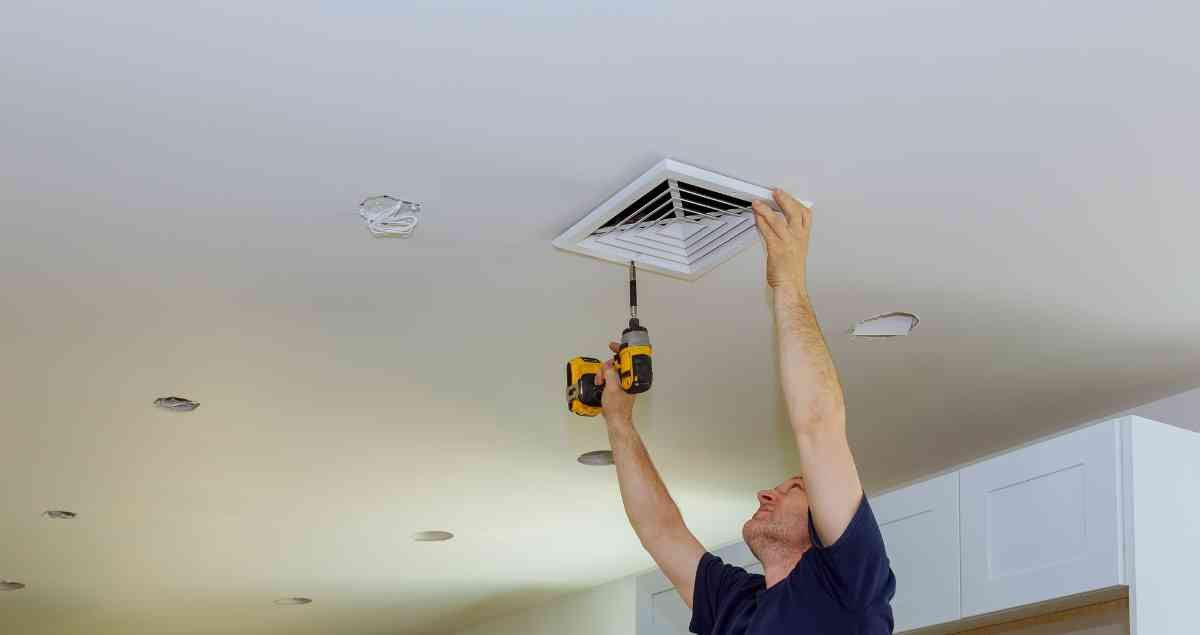What Are Ductless Split Systems?
Ductless split systems are a type of central air conditioning that use tubes in place of traditional ducts. These systems are particularly effective for those who prefer not to have ducting running throughout their house. They offer easier installation since only the units need to be placed in sensitive spaces, eliminating the need for extensive ductwork.
Components of Air Conditioners
Air conditioners typically consist of two major components:
- Outdoor Unit: This unit is installed outside the house and is connected to the wall. It exerts a constant pressing force on the gas, similar to using a bowling ball as a substitute for the natural force of gravity. This process warms the gas, causing it to reach a higher-pressure state and transform into a liquid. The area around this unit gets quite hot, creating a sensation of warm air when you are nearby.
- Indoor Unit: This unit is installed inside the house. The cooling liquid (now cold gas) absorbs the heat from the room, releases the pressure, and recycles back to cool the room. You simply need to turn on the inner unit to start the cooling process. This cycle involves cooling down, condensing, compressing, expanding, and directing the cool air to every corner of the room.

Versatility of Ductless Split Systems
Ductless split systems are among the most versatile in terms of installation options. Unlike central air conditioning systems that require an entire network of ducts, mini split air conditioning units operate on a one-on-one basis, providing ventilation for each room separately.
Advantages of Central Air Conditioning
- Ease of Installation: These systems are very easy to install. The absence of a duct system means fewer problems and lower costs, starting with the initial setup and extending to maintenance.
- Quiet Operation: Ductless systems are known for their supreme quietness, making them ideal for those who value peace and quiet.
- Energy Efficiency: These systems are highly economical in terms of energy consumption. They offer efficient cooling or heating, maintaining the desired temperature with minimal energy usage.
Limitations of Ductless Split Systems
- Limited Coverage: Ductless mini-splits may not perform well in large areas as they are designed to accommodate small, specific spaces.
- Air Filtering: They lack the air filtering capabilities of ducted systems, which can be a drawback for individuals with allergies or sensitivities to air quality.
- Aesthetic Considerations: Ductless units may stand out in a room if not properly integrated into the interior design.
Ideal Applications for Ductless Split Systems
Ductless split systems are particularly useful in areas without existing ductwork, such as new garages, sunrooms, or basements. They are also ideal for older houses where maintaining the original interior look is important. These systems offer a simple setup and can be up to 40% more efficient than traditional systems. The only noticeable addition to your space is the small wall unit itself.
Conclusion
Ductless split systems offer a practical solution for specific cooling and heating needs, especially in spaces where traditional ductwork is not feasible. While they have some limitations, their ease of installation, quiet operation, and energy efficiency make them a worthwhile consideration for many homeowners.











